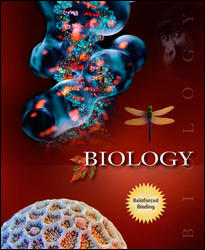 
Biology, Eighth Edition (Raven)Chapter 33:
Noncoelomate InvertebratesLearning OutcomesChapter 33
- Understand the general organization of a sponge, including reproduction and metabolism.
- Emphasize it at the cellular level rather than the tissue level. Describe the different functions for the three cell types found in sponges.
- Understand how the body plan and reproductive strategy of cnidarians differs from other animals.
- Describe each of the four classes of cnidarians.
- Understand the general organization of the phylum Platyhelminthes and how their various organ systems compare to those of the other simple invertebrates.
- Explain the structural and physiological changes that occur in parasitic organisms using the flatworms as examples.
- Understand the general organization of the phylum Nematoda and compare their systems to those of the acoelomate invertebrates.
 |  |
|





